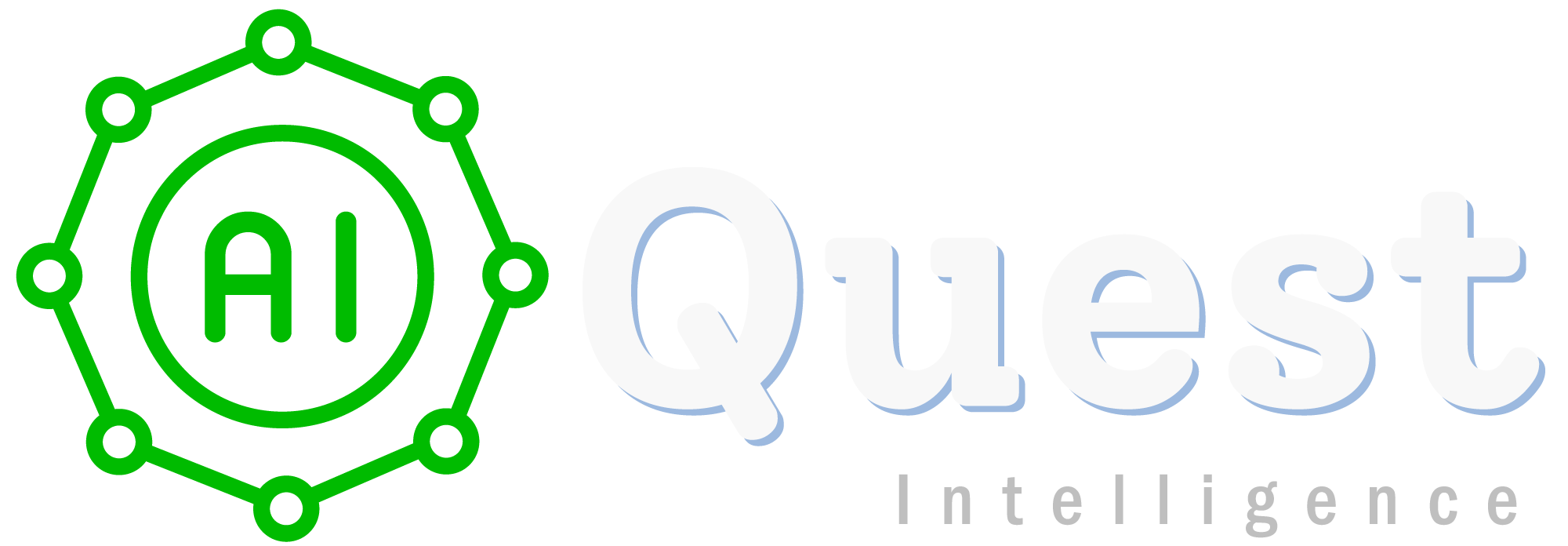Unsupervised research techniques, such as K-means clustering, play a vital role in various domains, including data analysis, pattern recognition, image segmentation, customer segmentation, anomaly detection, and more. Understanding and harnessing the power of these techniques can enable researchers to uncover hidden patterns, gain insights, and make informed decisions without relying on labeled data. This article aims to highlight the significance of unsupervised techniques, with a particular focus on K-means clustering, and provide 20 project ideas to inspire researchers in their exploration of these methods.
Project Ideas:
1. Title: Customer Segmentation for E-commerce Personalization
Example: Apply K-means clustering to segment customers based on their browsing behavior, purchase history, and demographic data. Use the resulting segments to personalize product recommendations and marketing campaigns.
2. Title: Identifying Disease Subtypes from Genomic Data
Example: Employ unsupervised techniques, such as K-means clustering, on genomic data to identify distinct subtypes of a particular disease. Investigate how these subtypes differ in terms of prognosis, response to treatment, and genetic markers.
3. Title: Analyzing Social Media Trends for Opinion Mining
Example: Use unsupervised techniques to cluster social media posts based on their content and sentiment. Explore the resulting clusters to uncover trends, opinions, and emerging topics in online discussions.
4. Title: News Article Clustering for Topic Modeling
Example: Apply K-means clustering on a large collection of news articles to group them into coherent topics. Investigate the resulting clusters to understand the distribution of news coverage and identify dominant themes.
5. Title: Image Segmentation for Autonomous Vehicles
Example: Utilize unsupervised techniques, such as K-means clustering or Gaussian mixture models, to segment images captured by autonomous vehicles. Explore the segmented regions to facilitate object detection and scene understanding.
6. Title: Fraud Detection in Financial Transactions
Example: Employ unsupervised learning techniques, including clustering algorithms, to identify anomalous patterns in financial transactions. Develop a system that can flag potentially fraudulent activities based on the learned clusters.
7. Title: Recommender System for Online Streaming Platforms
Example: Implement K-means clustering on user behavior data, such as viewing history and preferences, to create personalized recommendations for movies or TV shows on streaming platforms.
8. Title: Characterizing Internet of Things (IoT) Network Traffic
Example: Use unsupervised techniques to cluster network traffic data from IoT devices and identify different types of devices and communication patterns. Analyze the clusters to enhance network security and optimize resource allocation.
9. Title: Unsupervised Sentiment Analysis on Product Reviews
Example: Apply K-means clustering on a collection of product reviews to automatically identify different sentiment groups. Explore the resulting clusters to gain insights into customers’ opinions and sentiments towards the product.
10. Title: Discovering Behavioral Patterns in Human Activity Recognition
Example: Utilize unsupervised learning techniques, such as clustering, on sensor data from wearable devices to identify different behavioral patterns. Investigate how these patterns correlate with activities, health conditions, or lifestyle choices.
11. Title: Event Detection in Social Media Streams
Example: Apply unsupervised techniques to detect and group related events from a continuous stream of social media posts. Explore the identified event clusters to understand the temporal and contextual dynamics of the events.
12. Title: Anomaly Detection in Network Intrusion
Example: Use K-means clustering or other unsupervised techniques to identify anomalous network traffic patterns indicative of potential cyber attacks or intrusions. Develop an intrusion detection system based on the learned clusters.
13. Title: Cluster Analysis in Market Basket Analysis
Example: Employ K-means clustering on transactional data from retail stores to identify groups of items that are often purchased together. Explore the resulting clusters to optimize store layout, cross-selling, and promotional strategies.
14. Title: Unsupervised Learning for Natural Language Processing
Example: Apply unsupervised techniques, such as clustering or topic modeling, on textual data to automatically categorize documents, summarize text, or extract key themes from large document collections.
15. Title: Behavior Clustering in Social Network Analysis
Example: Utilize unsupervised learning techniques to cluster users in a social network based on their interaction patterns, interests, or influence. Investigate the resulting clusters to understand social dynamics and identify community structures.
16. Title: Identifying Patterns in Stock Market Data
Example: Apply unsupervised techniques, including clustering, on historical stock market data to identify recurring patterns or market regimes. Analyze the clusters to enhance trading strategies and risk management.
17. Title: Clustering for Image Compression
Example: Utilize K-means clustering or other unsupervised techniques to compress images by grouping similar pixels together. Investigate the trade-off between compression ratio and image quality using different clustering approaches.
18. Title: User Behavior Modeling for Personalized Ads
Example: Employ unsupervised techniques to cluster users based on their browsing behavior, purchase history, and demographic data. Use the resulting clusters to target personalized advertisements effectively.
19. Title: Cluster-based Routing in Wireless Sensor Networks
Example: Utilize K-means clustering or hierarchical clustering to create clusters of nearby sensors in wireless sensor networks. Investigate the efficiency and reliability of cluster-based routing algorithms compared to traditional approaches.
20. Title: Opinion Mining in Online Product Reviews
Example: Apply unsupervised techniques to analyze sentiment and extract opinions from a large corpus of online product reviews. Explore the resulting clusters of positive and negative reviews to identify key factors influencing customer satisfaction.
These project ideas serve as a starting point to explore the potential of unsupervised techniques, particularly focusing on K-means clustering. Researchers can adapt and refine these ideas based on their specific interests, data availability, and desired outcomes.
- Our Courses on AI & ML:
Subscribe! ; Join Community!
- Read The Blogs, Research Ideas on Different Fields of AI & Data Science:
- Research idea: Computer Vision & CNNs in Deep Learning
- Research idea: Statistical Machine Learning
- Research Idea: NLP & RNNs
- Research idea: Generative Model
- Research idea: AI for Healthcare Industry
- Research Idea: Unsupervised Learning
.

